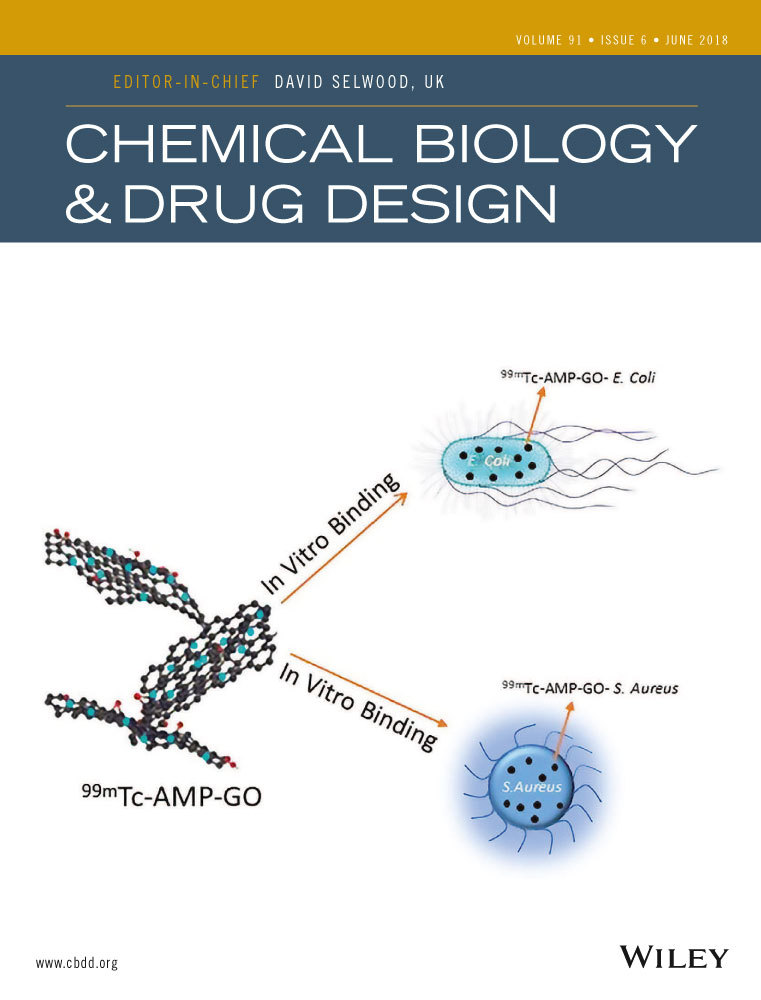
“In the past decades, a vast amount of data accumulated on the role of lipid signaling pathways in the progression of malignant melanoma, the most metastatic/aggressive human cancer type. Genomic studies identified that PTEN loss is the leading factor behind the activation of the PI3K-signaling pathway in melanoma, mutations of which are one of the main resistance mechanisms behind target therapy failures. On the other hand, illegitimate expressions of megakaryocytic genes p12-lipoxyganse, cyclooxygenase-2, and phosphodiestherase-2/autotaxin (ATX) are mostly involved in the regulation of motility signaling in melanoma through various G-protein-coupled bioactive lipid receptors. Furthermore, endocannabinoid signaling can also be a novel paracrine survival factor in melanoma. Last but not least, prenylation inhibitors acting even on mutated small GTP-ases, such as NRAS of melanoma may offer novel therapeutic opportunities. As regards melanoma, the most effective therapy nowadays is immunotherapy, with the resistance mechanisms also possibly involving the lipid signaling activities of melanoma cells, which further supports the idea of their being therapeutic targets.”









